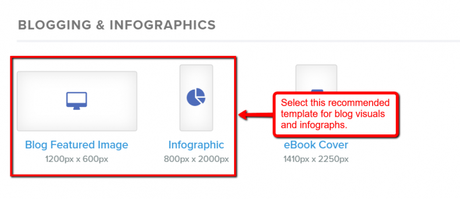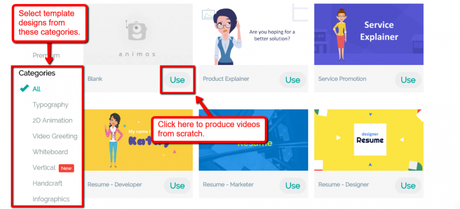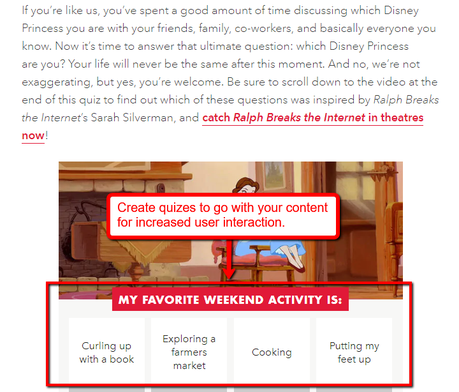
I know why you're here: You're dead serious about building backlinks to your site, aren't you?
And if I'm guessing right, you've already gone through several "How to build backlinks to your site using content marketing" guides, but you haven't come across one that gives you clear-cut instructions on what exactly to do.
If you've been nodding your head all this time, then I'm happy that you're here.
Allow me to take a shot at sharing with you some actionable tips on how to build backlinks to your site.
At the end of this how-to guide, you will be equipped with actionable tips on how to do content marketing that will get people to link back to your site.
Do you like what you're reading so far? Then let's jump right in.
1. Research Studies And Disclaimers
If you want to get more links, those backlinks that matter, then you can leverage the power of research studies.
Research studies can be in the form of white papers, research papers, case studies, and the like.
Research studies are terrific for backlinks because of the statistics and data that people cite and refer to in their posts.
When publishing your research studies online, entice people to read and use it by incorporating visuals, such as infographics.
Another tip is creating a summarized list of statistical nuggets they can immediately see or share through their social media accounts and emails.
You can even extract specific data from them and create individual or sets of visuals and videos that people can link to and share.
Promote your research materials to relevant industry partners and press who can write content linking to your studies.
Here's a strategy that not most people do...
Instead of just adding your statistics and data in your research studies, you can start and end your post with a disclaimer, or a warning of sorts, that the readers can view your research for free, and that they can use the data that you uncovered without any fee.
However, they are required to link back to your post if they'd use/view your research study.
That's it.
By making requiring them to link to your page, you are bound to get more backlinks.
And since you mentioned that you wouldn't charge them anything to view your data (others charge a fee to share their data, btw), then your audience wouldn't mind the link back to your post.
Visuals work excellently in your link building campaign for a couple of reasons.
You can embed them into your posts to make 'em more catchy, and when people use your visuals in their posts, they can also link back to your site.
Visuals can come in the form of infographics, videos, illustrations, charts, and many others.
You can create relevant and attractive visuals through several online tools.
For infographics and graphic designs, you can use Snappa.
When you arrive at their homepage, Snappa asks you to define the dimensions, or pick from the recommended template sizes for specific types, as shown below:

Next, you can select template designs or decide to produce visuals from scratch. It provides options for text, background, images, and other elements.

To get started, you can select from the categories which template you want to use, or decide as well to create from scratch.
Whatever format you choose for your visuals, be sure to include actionable points for added value and set them in high resolution, so they're readable and eye-friendly.
When you've added quite a lot of graphic designs and images to your posts, other publishers are bound to reuse your pictures without asking your permission or telling you about it.
Instead of getting frustrated by others using your design creatives or images without your permission, why not turn your frustrations into opportunities, instead?
Link building opportunities that is.
The strategy is simple.
You need to use Google's reverse image search by uploading your images or graphic designs.
The search engine will then show you the sites where it found your images.
From there, you can start contacting the webmasters who used your images that didn't link back to you, then ask them to attribute the image to your site by adding your link.
Pretty awesome, huh?
With that strategy, the other publishers are bound to comply with your request since you aren't even asking them for anything unethical. Instead, you've pointed out that they've used content that isn't theirs, which, in some cases, can escalate to legal problems.
3. Make your content interactive.
Creating visuals is fantastic, but there's a way for you to take things a notch higher.
How?
Through interactive content, of course.
It is an effective way of garnering links because they compel your users to engage with you or input their details so they can proceed.
Besides that, it can help enhance your visibility, traffic, and engagement rate.
If you want to have a viral marketing campaign, it matters that your interactive content assets add value or tells an attention-worthy story to your users so they will be interested in participating.
Here's an example by Oh My Disney:

It invites users to determine which Disney princess they are by taking a quiz along with their content.
To incorporate interactive content assets into your content, you can use tools like Outgrow.
It allows you to create calculators, quizzes, surveys, and other interactive assets, and customize the questions, appearance settings, and more.
Leverage interactive content assets like this so users can experience your brand and find you trustworthy enough to revisit you.
4. Create guides.
Product guides, how-to resources, ultimate educational and informational guides - people love to link to them because of the boatloads of practical knowledge contained in one material.
Also, the longer your guide becomes, the more value-packed it'd look. It's worth pointing out, however, that you shouldn't increase your guide's word count needlessly. Otherwise, you'd only bore your readers with fluff when they start reading.
And so the question becomes, How do you know what kind of guides you should create?
Doing a quick Google search can help you with just that.
If you're in the digital marketing niche, you can look up "digital marketing guide" on Google to see what existing guides are up on the web, as in the example below:
You can look at the top results and determine the kind of content and title you can make for your guide.
You can also refer to Q&A forums and online communities like Quora and Blurtit to know the questions users often have related to your industry.
Final reminders
Having killer content is terrific, but you can do a lot more than producing it and hoping it can capture backlinks for you.
Link building through content marketing can require a good bit of your time, effort, and even finances, but they're certainly worth it.
If there are content marketing tips and strategies that you'd like to share with our readers, feel free to add them in the comments section below.
